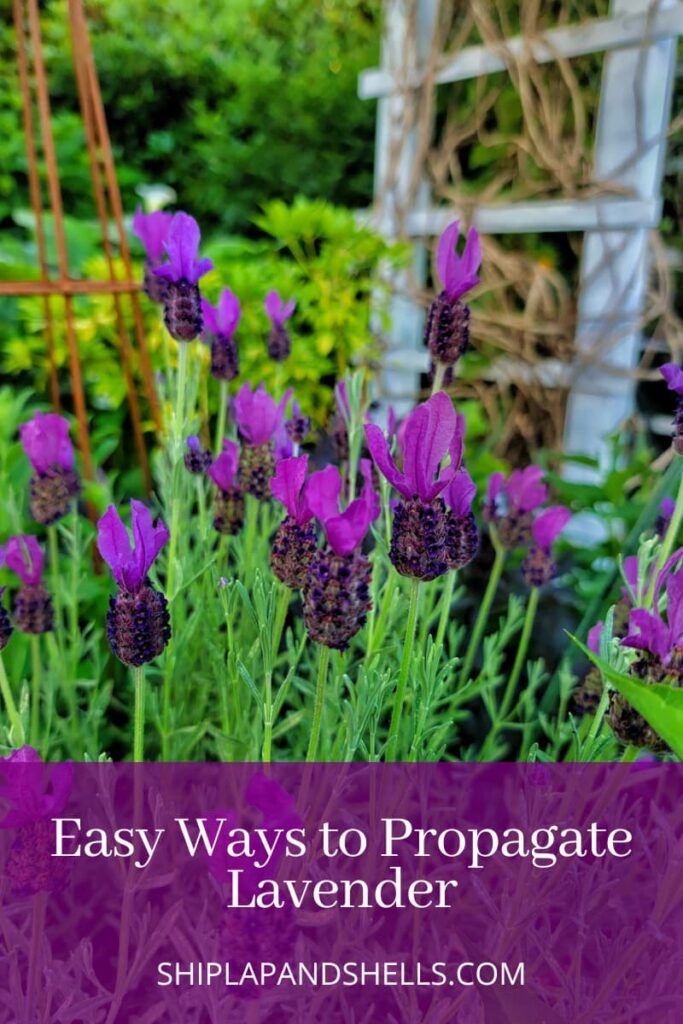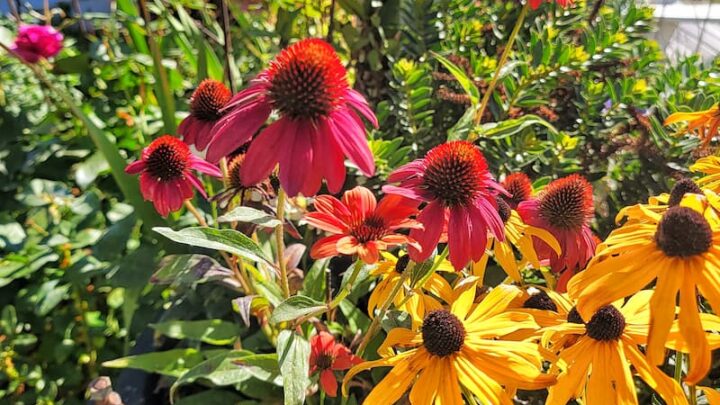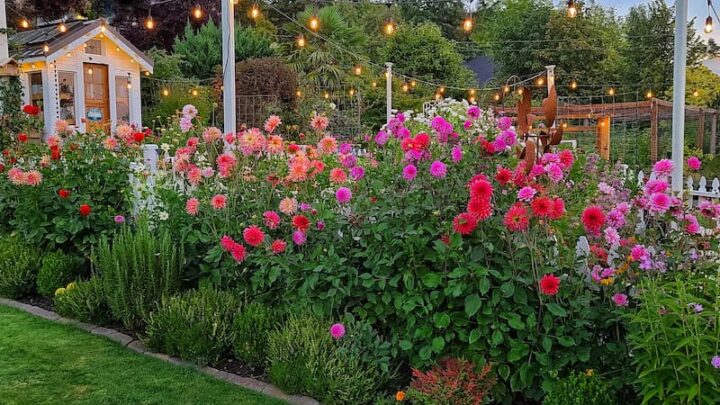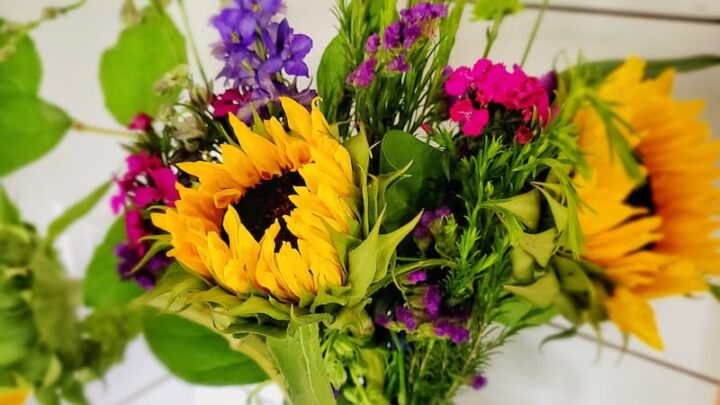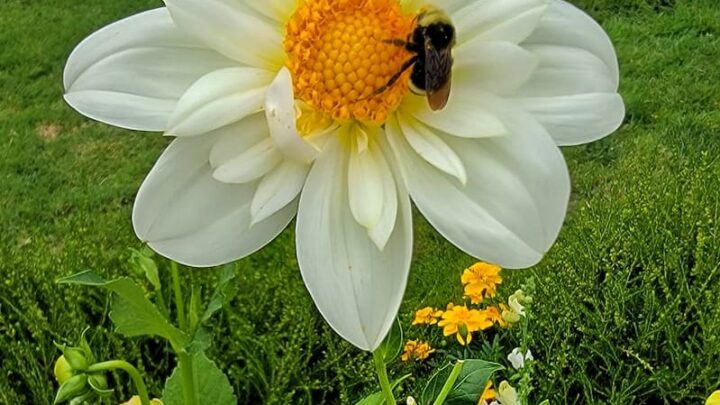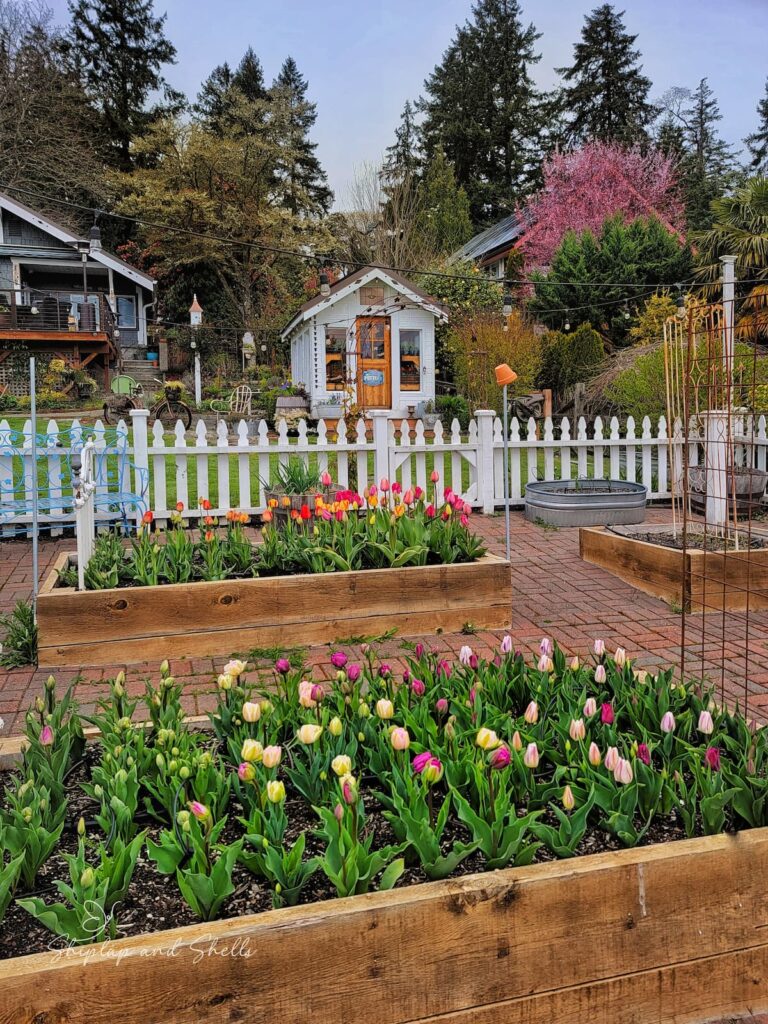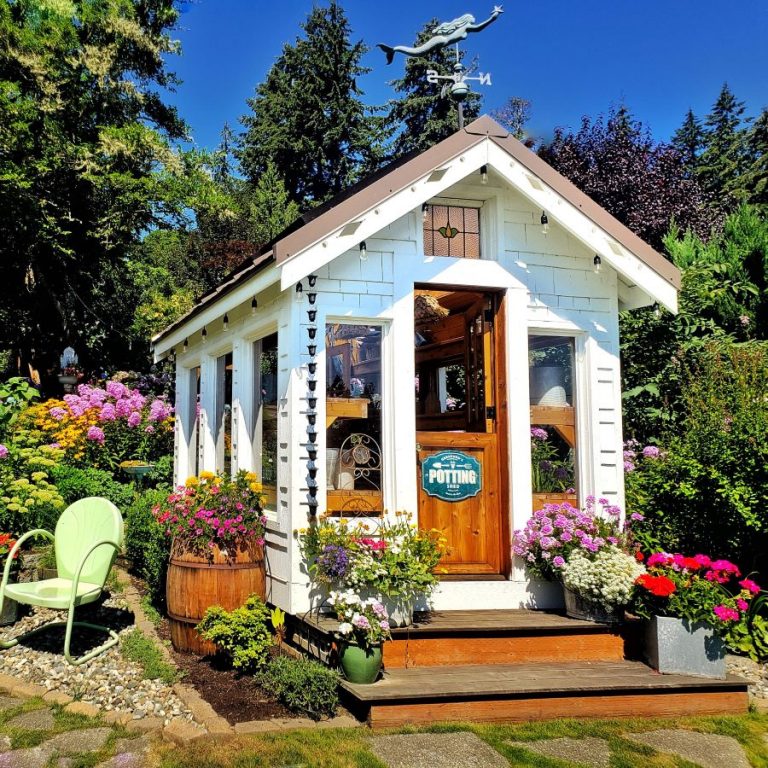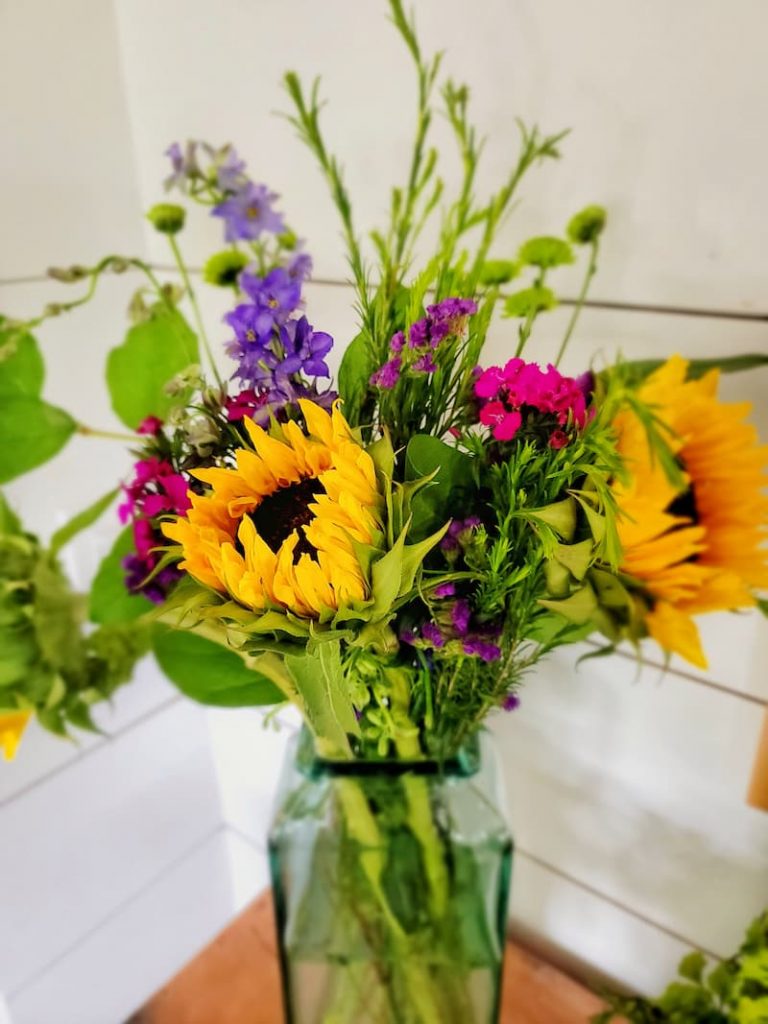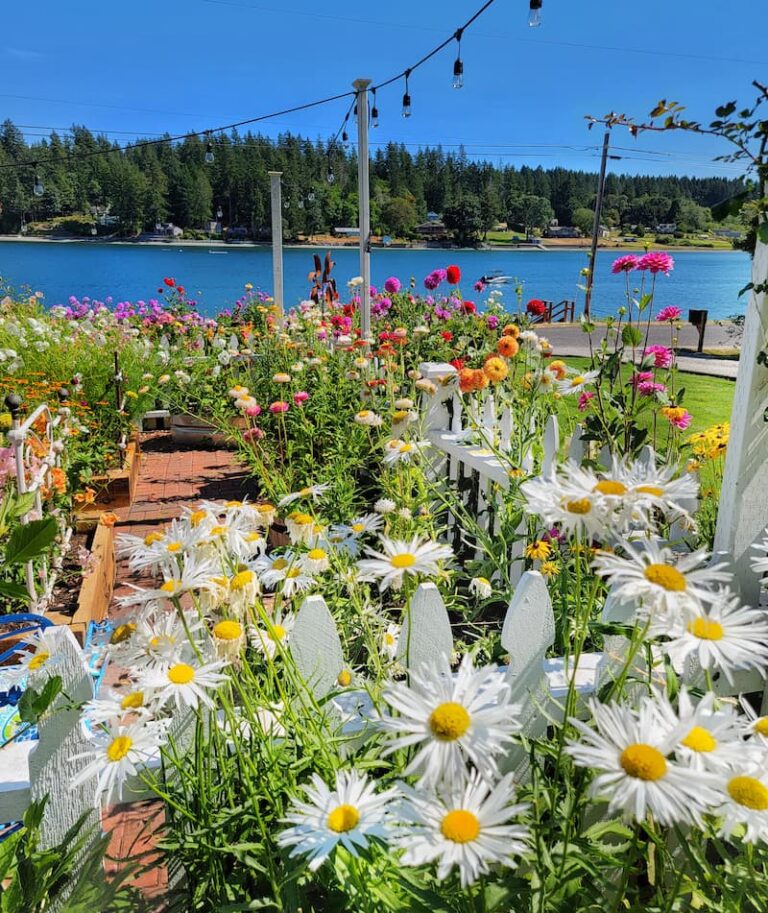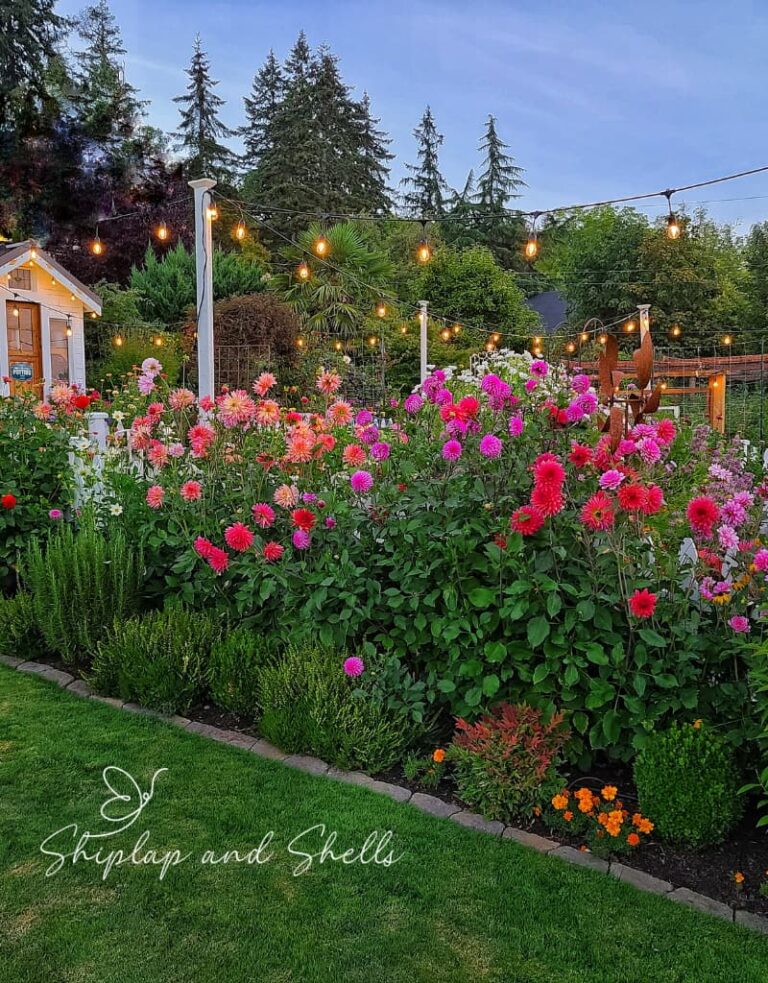4 Easy Ways to Propagate Lavender Plants – A Step By Step Guide
Have you ever wanted to grow more lavender plants but don’t have the budget to buy a bunch of plants at the local nursery or garden center? What if I told you that you can create new lavender starts from your existing plants? Here are 4 easy ways to propagate lavender cuttings, with detailed step-by-step instructions.
Propagating lavender is not only easy, but it’s a fun way to create more plants for your garden. Today I’m sharing some of the following with you:
- 4 different methods for lavender propagation with detailed step-by-step instructions
- when it’s the best time to propagate
- how to take cuttings from your lavender plant
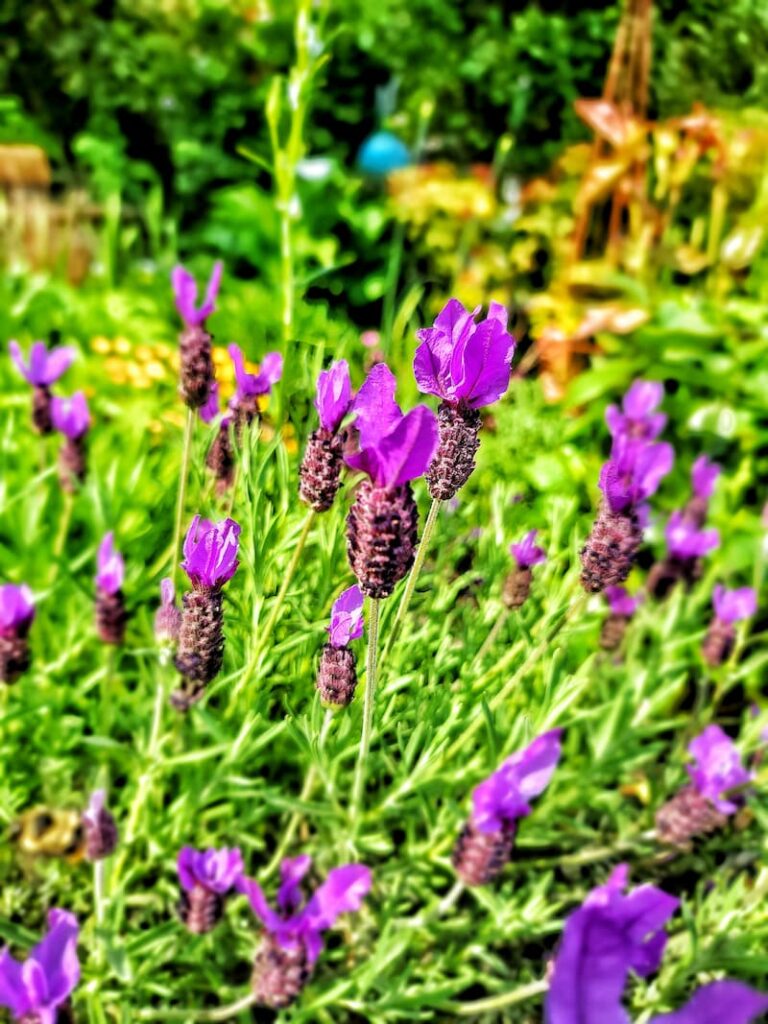
As an Amazon affiliate, I earn from qualifying purchases at no extra cost to you. My blog contains other affiliate links as well for your convenience. Click here to read my privacy policy.
I’m a self-taught hobby gardener, not a Master Gardener. Everything I share with you on my blog is my personal opinion and things that worked for me along the way.
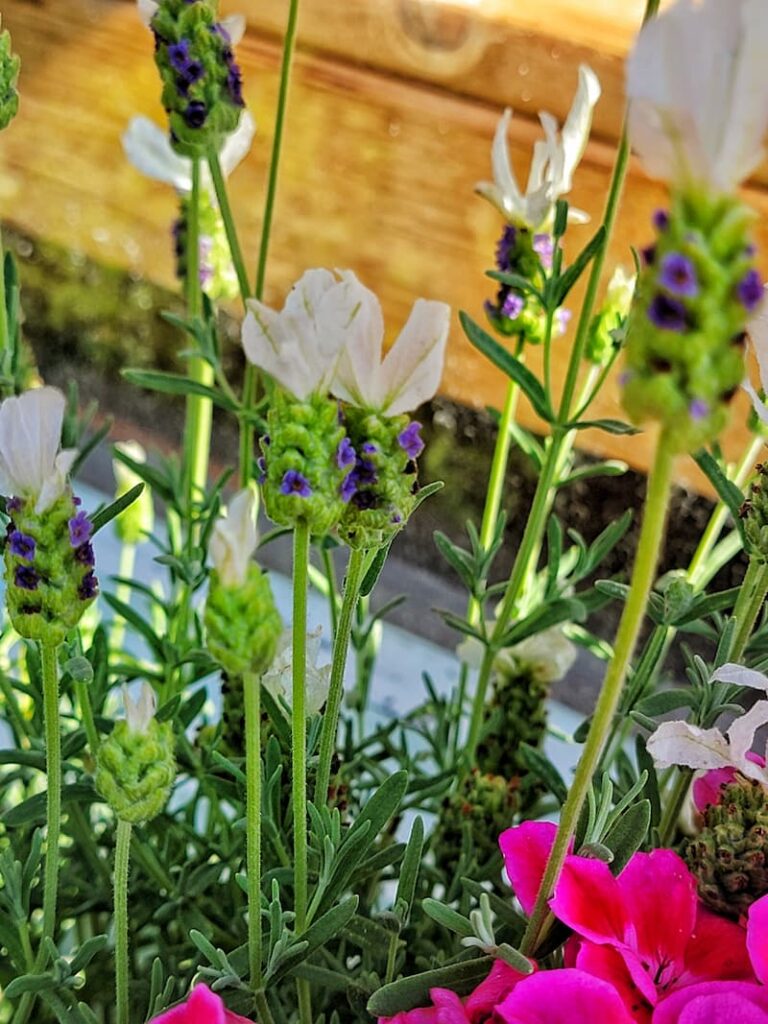
Lavender Propagation Methods
Cuttings are the most popular method of lavender propagation. Here are step-by-step instructions for both rooting in water and a container.
1. Rooting Cuttings in Water
Step 1: Take a lavender cutting from a healthy plant, around 6 inches in size. Cuttings will take better if they are from a section of new growth rather than older wood.
Step 2: Remove the leaves off the lower third of the cut stem.
Step 3: Put the lavender cuttings in a glass jar in the sun.
Step 4: Change the water every 4-5 days. New roots will grow from the bottom of the cutting in a few weeks.
Step 5: Plant the rooted lavender cutting in potting soil mix or directly in the garden once outdoor temperatures are warm enough.
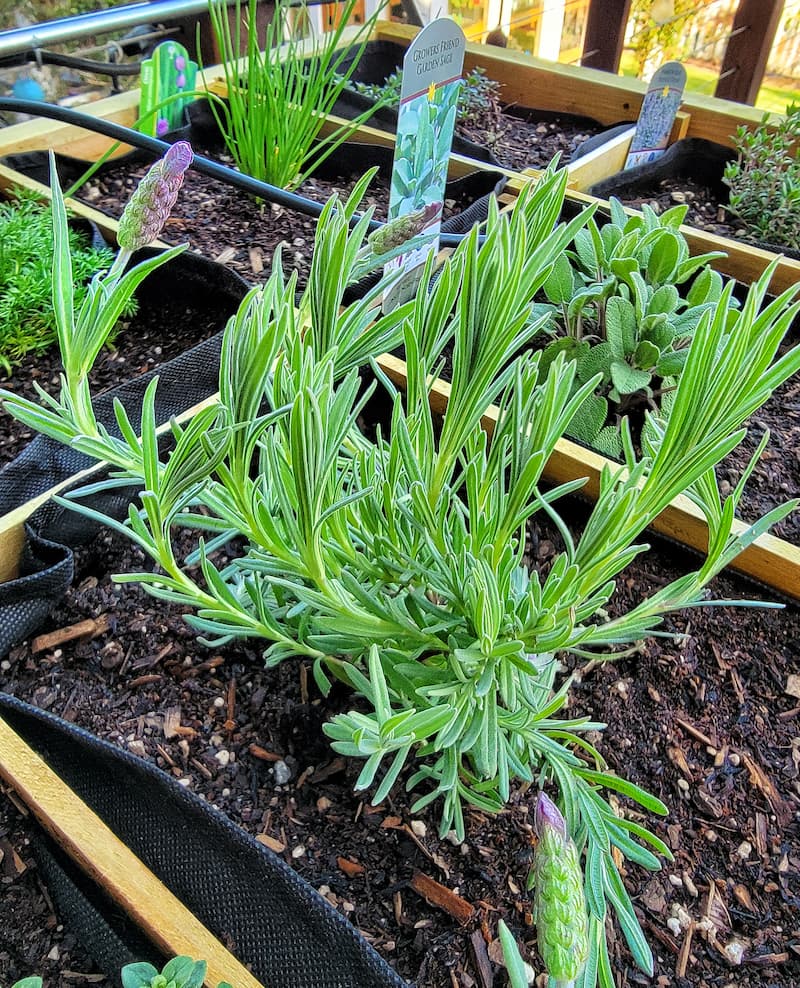
2. Rooting Cuttings in Soil
Step 1: Take a lavender cutting from a healthy plant, around 6 inches in size. Cuttings will take better if they are from a section of new growth rather than older wood.
Step 2: Remove the leaves off the lower third of the cut stem.
Step 3: Gently scrape the skin off the bottom portion of the stem on one side with a knife.
Step 4: Fill a small container with a mix of half vermiculite or perlite and half peat moss.
Step 5: Dip the stripped tip of the cutting in the rooting hormone.
Step 6: Stick the lower end of the cutting about 2 inches into the soil and make sure the cutting stands up straight.
Step 7: Cover with cuttings with plastic to form a greenhouse-like environment.
Step 8: Cuttings should root in about 2-4 weeks. You can check to see if they have rooted by giving them a gentle tug. If you gently tug on the plant and you feel resistance, the stem has roots holding it in place.
You can risk damaging the young roots if you tug on them too often so wait several days before trying to tug on them again.
Step 9: Place the new plant in a sunny location and water when the soil is dry. Feed the lavender plant with 1/4 strength liquid plant fertilizer once a week.
Plant the rooted lavender cutting in a larger container with potting soil mix or directly in the garden once outdoor temperatures are warm enough.
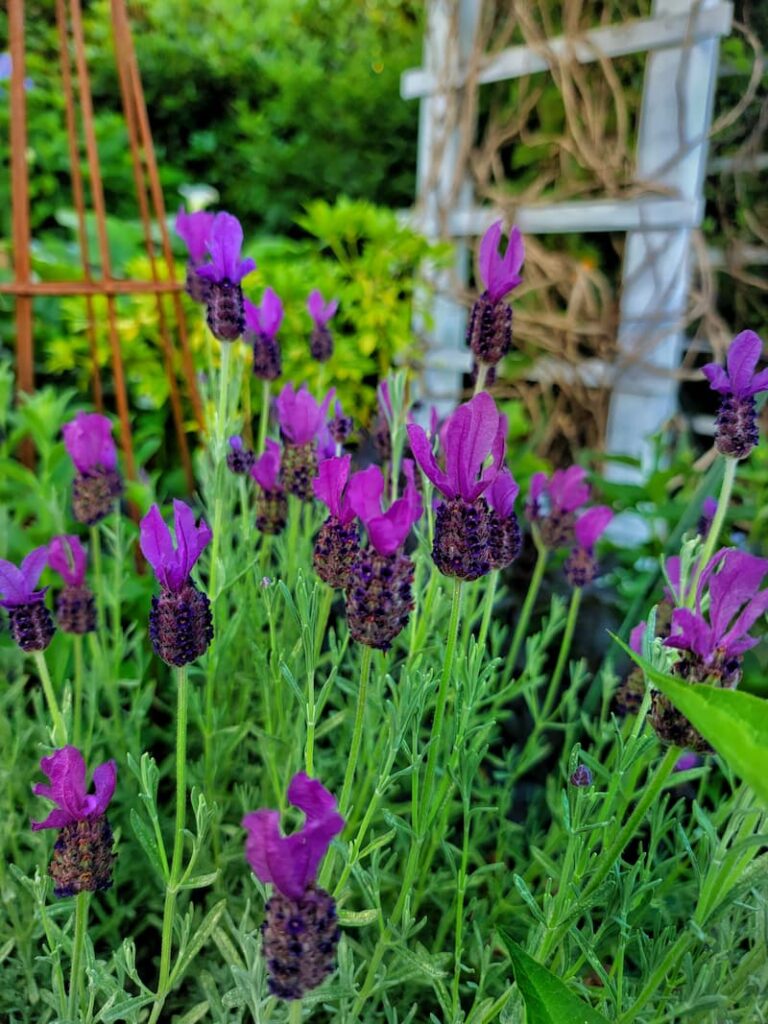
3. Plants Propagating Themselves
Lavender is a woody perennial and can propagate itself when one of its branches makes contact with the ground and forms roots.
Step 1: Gently bend a lavender branch to the ground and pin it down.
Step 2: The pinned lavender branch should root within a month or two.
Step 3: Cut the branch off the parent plant and transplant it into the garden once you see the roots.

4. Hilling
This method takes time but is easy and very successful.
Step 1: In the spring, cover the old lavender plant with soil. Make sure the new buds are showing just above the soil.
Step 2: By the following spring, each lavender stem should have new roots in the hilled-up soil.
The entire subshrub can now be dug up and divided, with each rooted stem being planted to produce a new plant.
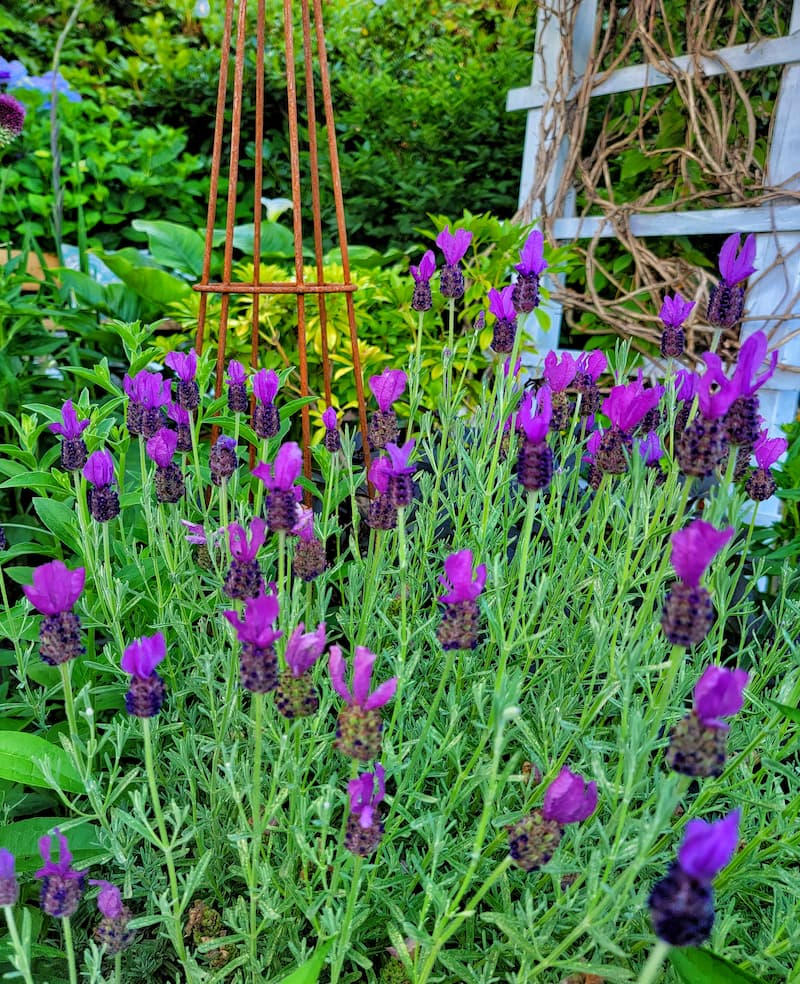
When to Propagate Lavender
The best time to propagate lavender is during mid-late summer. This is their active growing season, and when it’s hot and humid outside.
If you take cuttings too late in the summer or in the fall when the plant is starting to go dormant for the winter, the lavender may not root.
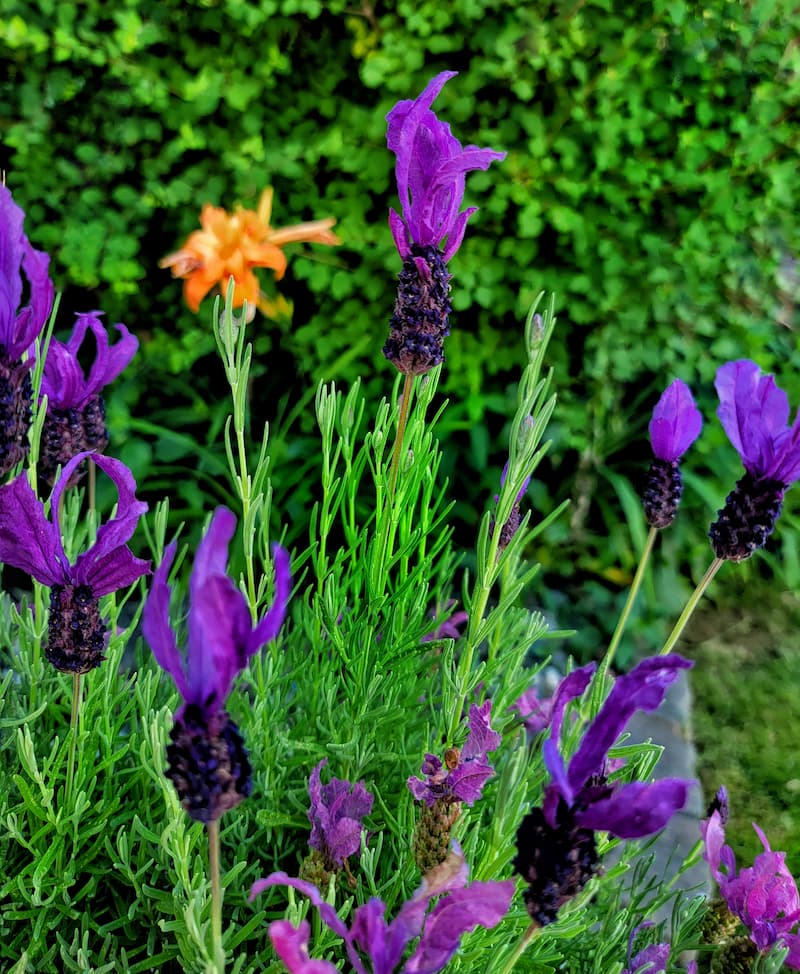
Tips for Cutting Lavender Starts
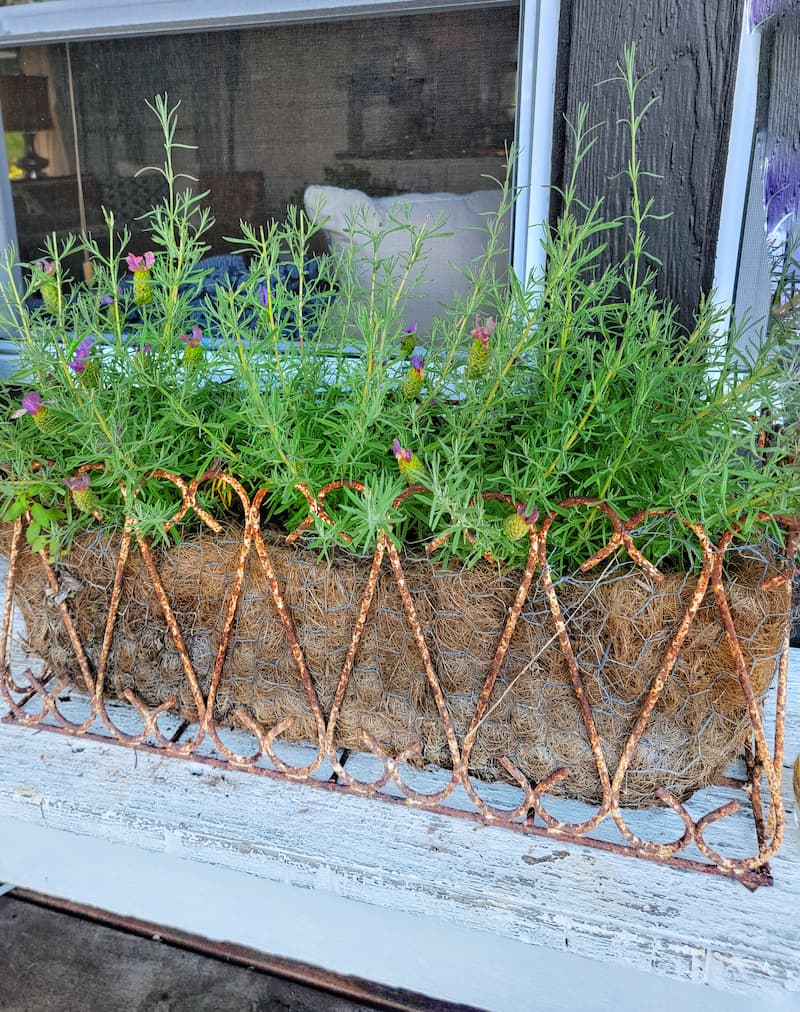
I hope these tips and methods for cutting lavender starts were useful. Which method did you like the best and might try?
You can also read more about why subshrubs like lavender and rosemary are so hard to divide.
If you have any questions or additional suggestions, feel free to share them in the comments below. And be sure to share this blog post link with anyone who may find these gardening tips useful.
Until next time,
Happy Gardening!

Follow Me for More Inspiration
Shop my Amazon Storefront, my LTK sources, and my favorite home decor, garden, and lifestyle products. When you purchase from one of my links, I earn a small commission which helps me to continue sharing all the content you expect on my blog.
Be sure to follow me on Pinterest, Instagram, Facebook, TikTok and LIKEtoKNOW.it. Do you like gardening? Join my Facebook Gardening Tips & Tricks group.

